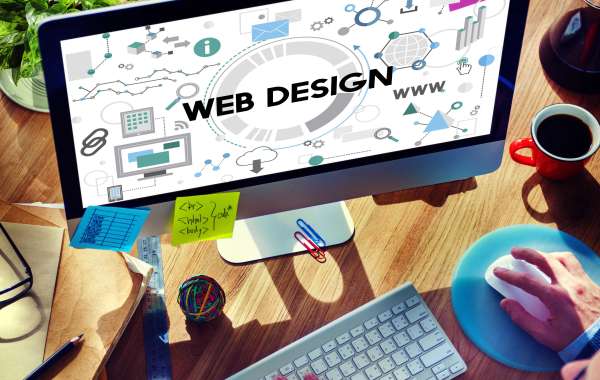Responsive Design
Responsive designs aim to make websites look and work well on all smart devices. These include desktops or mobile phones. It makes designing easier for website designers as they only need to create one version that works everywhere.
The idea is simple the layout, images, and content of a website may easily adjust to fit every screen size of whatever device you are using. So, while using a big computer screen or a small phone screen, the website looks good is easy to use. There is no need to create separate designs for different gadgets and it gives users a consistent experience.
Key principles are the following:
One Codebase: Responsive Web Design generally involves a single codebase that serves all devices. This simplifies maintenance and updates.
Flexible grids: The layout of the website fits different screen sizes. This is achieved using relative units like percentages rather than fixed units like pixels.
Media: CSS3 media queries are used to apply different styles. These are based on the height, width, and resolution of the device.
Adaptive Design
In adaptive design, a unique layout is crafted for each device's screen. As the site loads, it detects the screen size delivers the layout designed for that viewport. Essentially, it means that when someone visits your site on a computer, they see a version optimized for large screens.
If they switch to a phone, the site adjusts to a version tailored for small screens. Each version of the site is customized to offer the best appearance experience for that specific screen size.
Key principles are the following:
Server-side Detection: Adaptive design detects the type of device accessing the website on the server side delivers the right layout and resources accordingly.
Better Performance: This design loads only the resources necessary for the detected device. In this way, it offers better performance and allows for control over the user experience.
Multiple Layouts: It involves creating multiple layouts for specific screen sizes or device types.
Key Differences Between RWD and AD
Here are the major differences between the website's Responsive and Adaptive Design. Let's start the deep comparison analysis.
User Experience
Responsive Design-
While using a computer or a mobile device, you would experience the same user interface. This makes visitors feel confident when they switch between devices because they will instantly recognize the website.
Adaptive Design-
It provides a customized experience for every device, which could mean a better user experience tailored to each device. However, it may lack consistency across different devices.
SEO Impact
Responsive Design-
Google also prefers responsive design for websites. This is because mobile-friendly sites often rank higher on search engine results pages. About half of all the user traffic comes from mobile phones, thus having a mobile-friendly site boosts visibility.
Adaptive Design-
Adaptive designs pose challenges for SEO because you need to update and optimize each layout separately. Managing multiple URLs for different device versions can make SEO more difficult.
Maintenance
Responsive Design-
RWD generally requires less maintenance since there is only one layout to update and maintain. Website designers can make changes to the design or content that apply universally across all devices.
Adaptive Design-
Adaptive Design may require more maintenance effort as each layout needs to be individually updated and maintained.
Flexibility
Responsive Design-
RWD offers greater flexibility as it can easily adjust the layout based on the screen size, and other factors. This provides a positive user experience across various devices.
Adaptive Design-
Screen sizes and resolutions are constantly changing with the technology updation. Adaptive layouts may fail to display correctly if they are not optimized for a particular screen's resolution. So it provides less flexibility.
Layout Development
Responsive Design-
When a web design is responsive, it simply means there is only one layout for a website that automatically adjusts to fit whatever device you are using be it a computer, laptop, or tablet. So, everything looks great, no matter how big or small your screen is.
Adaptive Design-
Adaptive design means making different layouts for different devices. The objective is to ensure that everyone can use the site without any issues, no matter what device they are on. This way, your website always keeps your brand's consistency.
Load Time
Responsive Design-
Responsive designs generally load slower compared to adaptive website designs. This enables static and dynamic images to scale automatically to suit various devices and resolutions. However, this necessitates using the same HTML on different devices, which demands more effort in website development.
Adaptive Design-
Adaptive layouts are generally considered faster because HTML is completely new for each device type. The website page quickly loads and delivers a good user experience.
Which is Better: Responsive or Adaptive Design?
In conclusion, both responsive and adaptive design approaches have their merits, catering to different needs and preferences. Ultimately, choosing between them depends on factors like budget, project requirements, and target audience. Embrace the one that aligns best with your goals for a successful digital presence.







